Thanks to our partnership with The Camera Store (The largest camera store in Calgary Alberta Canada), I recently tested The Fuji X-T1 w/the Fuji XF 18-135mm f/3.5–5.6 lens. The Fuji X-T1 is a solid, retro-looking mirrorless camera that I’ve been wanting to test for a few months as it has been getting seriously good reviews and some pros have even touted it as a DSLR killer. Although I love my DSLR (Nikon D800E replaced by the D810), it’s heavy and a pain to carry around for hours and hours at a time. I’m always interested to test smaller cameras that can give my DSLR a good fight for its money in the hopes that one day I can just bury the DSLR beast.
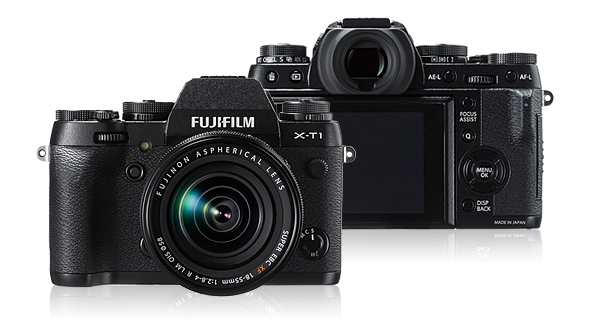
Fuji X-T1
For those that want the conclusion at the beginning, I really liked the Fuji– XT1 and I’ll talk about why in a few paragraphs, but let’s get that DSLR killer thing out of the way.
Straight off the bat this is one of the best mirrorless or point and shoot digital cameras I have tested. It goes head to head to with my DSLR on many levels. That said, it cannot kill my DSLR or even lower priced DSLRs built in the past couple of years because it can’t track and capture moving subjects with the same ease. I’m NOT a sports photographer but I regularly want to shoot a bird, squirrel, fast moving dog, or running baby. For me, a DSLR killer must be able to track and capture a moving subject with the same ease and efficacy (and ratio of keepers) as a DSLR. The X-T1 cannot easily do this and admits to being unable to do this on page 68 of the manual. It’s the one big thing that’s missing for me in this (and every other mirrorless or point and shoot on the market today) camera. It does a better job at this task than all the other mirrorless or point and shoot cameras I’ve tried, but DSLRs costing the same or less money as this camera will get you sharper results with greater ease. If you accept this limitation and you have the budget for it ($2100. for the camera and lens) it’s the best non-DSLR camera that I’ve tried.
Here’s a checklist of the main things I really liked about the Fuji X-T1
1 — Solid feel and size — The Fuji X-T1 is a solid feeling metal camera and I like that. I’m sick of plasticky feeling devices. This camera is VERY reminiscent of my old Nikon FM2 film camera in terms of shape, size and weight. One of the main advantages of this camera is that it is much smaller and weighs less than most DSLRs. The FUJI X-T1 weighs 440 grams with the camera and card. My D800E with battery and card weighs more than double (994 grams)!

Size comparison between the new Fuji XT-1 and a 30ish year old Nikon F3. Hat tip and © Wendy Kennedy for this image.
2 — Overall sharpness — Aside from sharpness on fast moving subjects, you will love the sharpness of this camera!

The XT-1 gives you lovely natural colours. Images are sharp straight out of the camera. Exif — ISO 400, f/5.6, 1/100. Note: I did NOT try to get the birds sharp in this image, I was framing the people on the bench and the moving birds were a happy coincidence.
3 — Automatic electronic viewfinder - You can frame your scene by looking at the back of the LCD screen or through the viewfinder. The camera ‘knows’ when you bring the viewfinder to your eye and all interior controls become instantly visible — It’s very cool.
4 — Horizon line — This appears automatically in order to let you know if your camera is parallel to the subject for distortion free images. I really like this but you can shut it off if you don’t.
5 — Shoots in RAW format, Jpeg and RAW/Jpeg
6 — Although I already ragged on the autofocus being inferior for moving subjects when compared to a DSLR, it does a better job than all other non-DSLR camera that I’ve tried. In addition it has focus points that you can move around your screen fairly easily to allow the autofocus to focus where you want. I use these focus points all the time when I’m framing a scene.
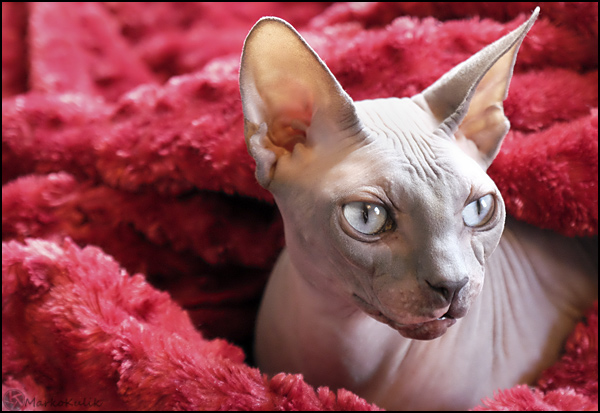
In order to assure sharp eyes (or sharp anything) I am always moving the auto-focusing square to exactly where I want the most sharpness to be. In this case, I moved it right over my boy Baci’s eye. The Fuji X-T1 does a decent job at this! (Not as fluid as most DSRs mind you, but MUCH better than most mirrorless/point and shoot cameras I’ve tried).
As an aside, this was a relatively low light shot with EXIF data at ISO 6400, f/4.7 at 1/80.
7 - Low light shooting. This camera does a killer-good job in low light! It’s a low light maven! This image below was shot/pushed at ISO 12800. I never shoot at this ISO because normally you get tons of noise (pixelization/grain) at this speed. But look how acceptable this image is! I have even included a 100% crop of a portion of the image with shadow detail as noise is most visible in the shadows. Yes there is noise in those shadows but it’s acceptable noise, it’s not a hailstorm. Most mirrorless/point and shoot cameras (and most DSLRs) on the market today are inferior to the Fuji X-T1 with regard to their low-light and low-noise performance.
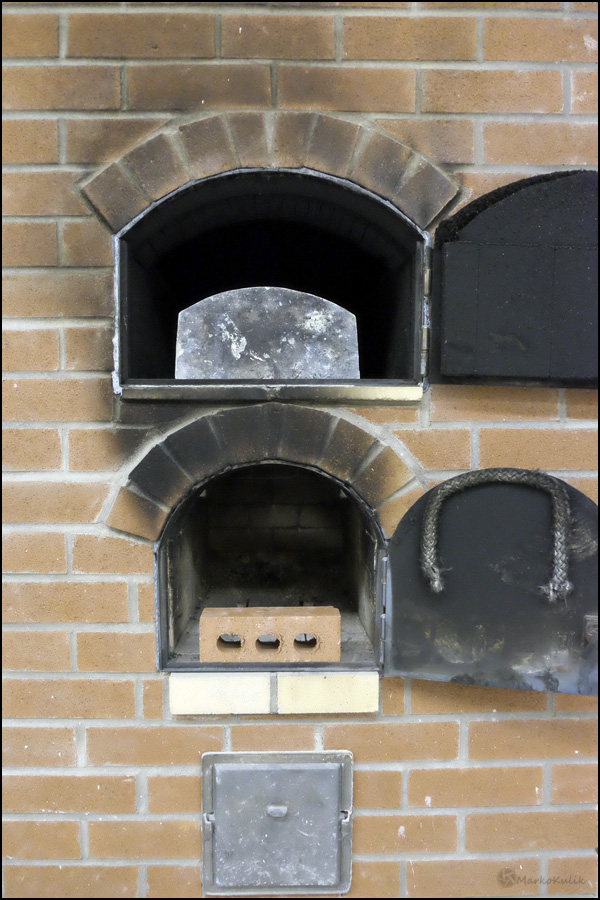
This image was shot at f/3.5 at 1/110 at ISO 12800! Look how acceptable the noise level is.
Here’s a 100% crop from the same image.
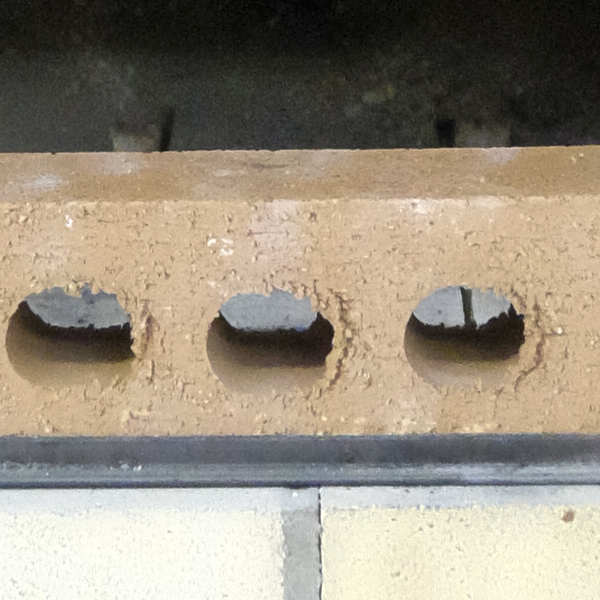
Noise is its nastiest in the shadows but look at how well the noise is handled at ISO 12800 — Very, very impressive!
X-T1 Gripes
As hinted at previously, my main gripe with the X-T1 (and every other point and shoot/mirrorless camera that I’ve tried) is that it cannot autofocus fast enough to capture fast moving objects as sharp as I like them. Here is a shot of a squirrel. I admit it’s very good for cameras in its class but my DSLR and most others I’ve tried does better.
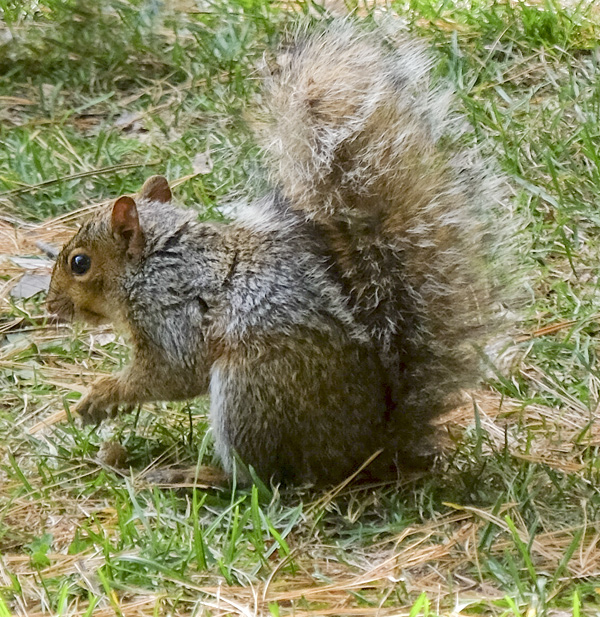
A 100% crop detail of a squirrel. I focused on the eye for about 15 images and the eye in this image is good but it is not tack sharp. My DSLR has a much better ratio of keepers for difficult shots like these. EXIF data was ISO 800, f/5.6 @ 1/850
The main other gripe would be the price as $2100. for a mirrorless camera and lens is quite a chunk of change when DSLRs with lenses can be had for many hundreds of dollars less. That said, we should be used to paying more for devices that are physically smaller; it’s the trend across so many consumer products. To temper the price blow a bit, this camera is very versatile and can accommodate many different lenses of varying focal lengths. It’s solidly built and it seems like it will last.
In conclusion, if you have the budget for this camera you will love its size, shape, feel and its weight. The quality and sharpness of the files are superb and as long as you don’t expect tack sharp eyes from moving subjects, you will love this camera. To date, it’s the best non DSLR camera I’ve tried.


